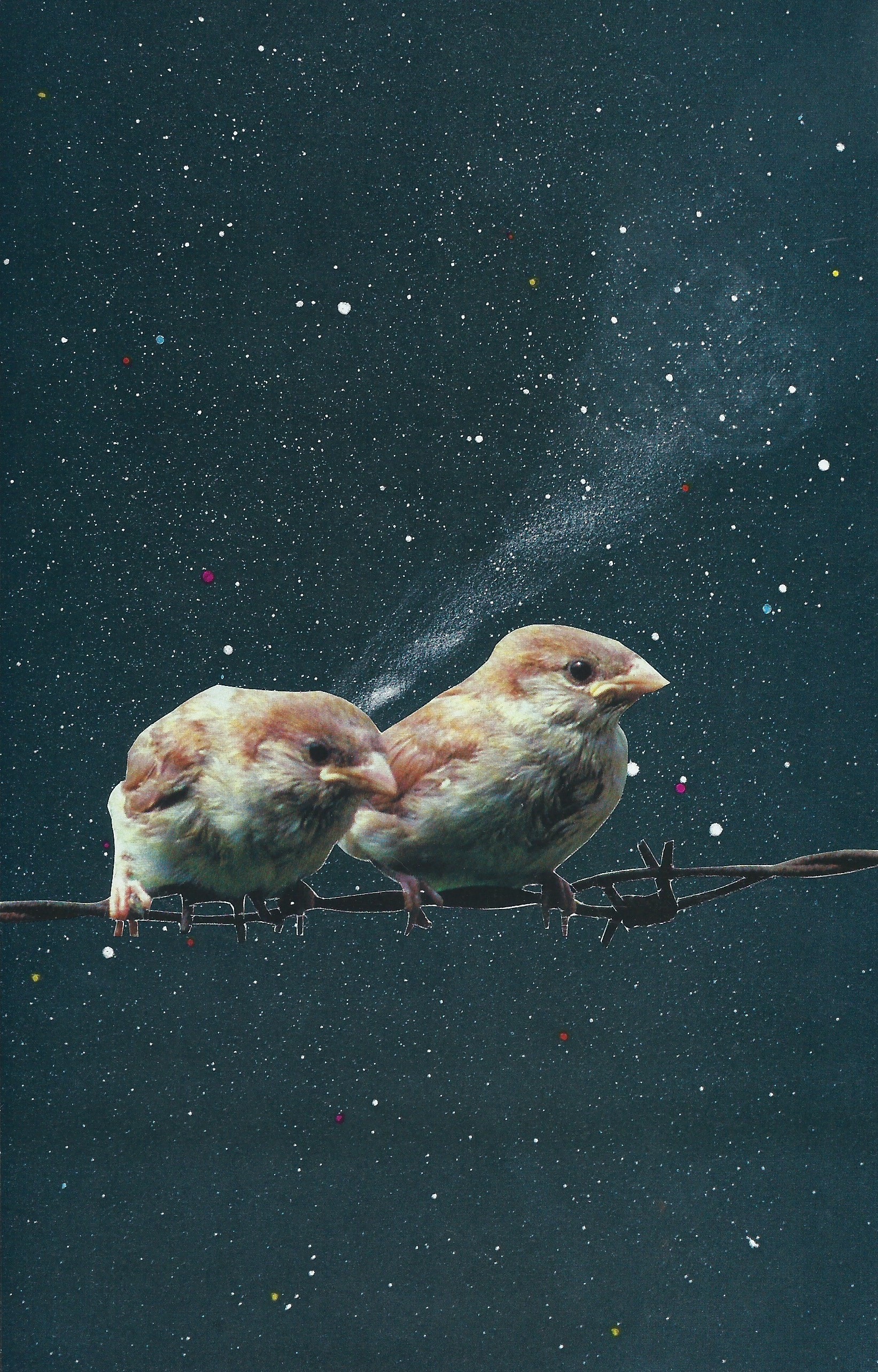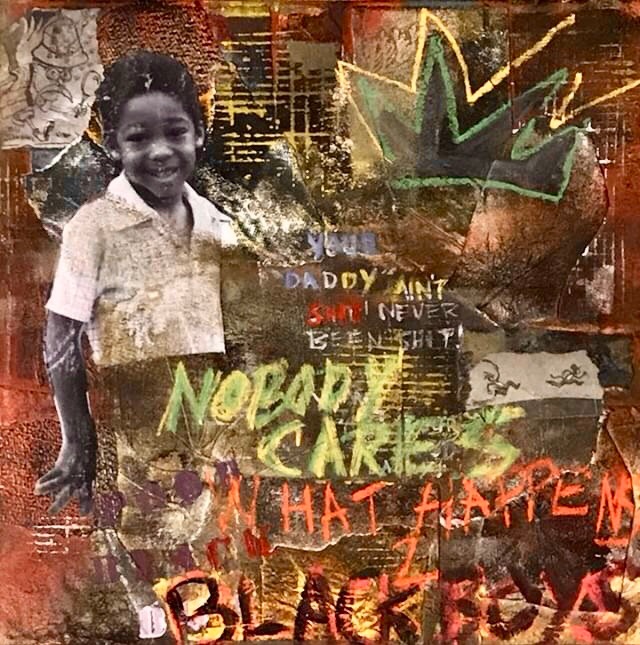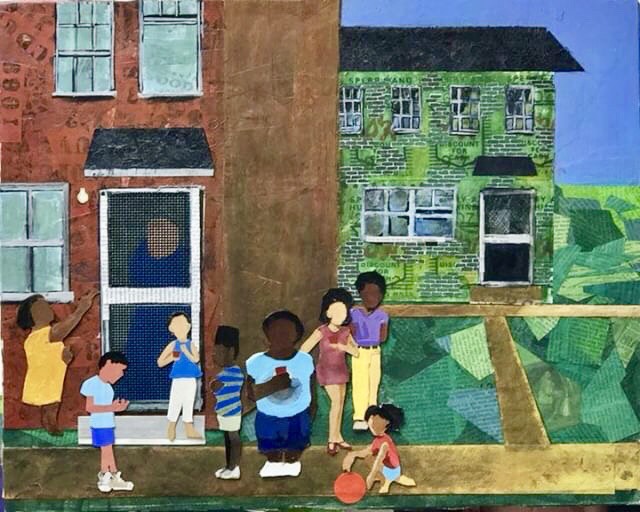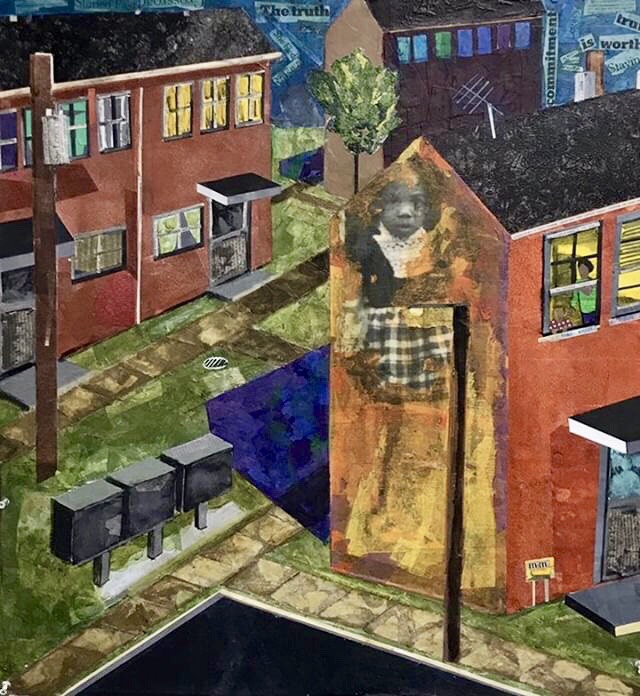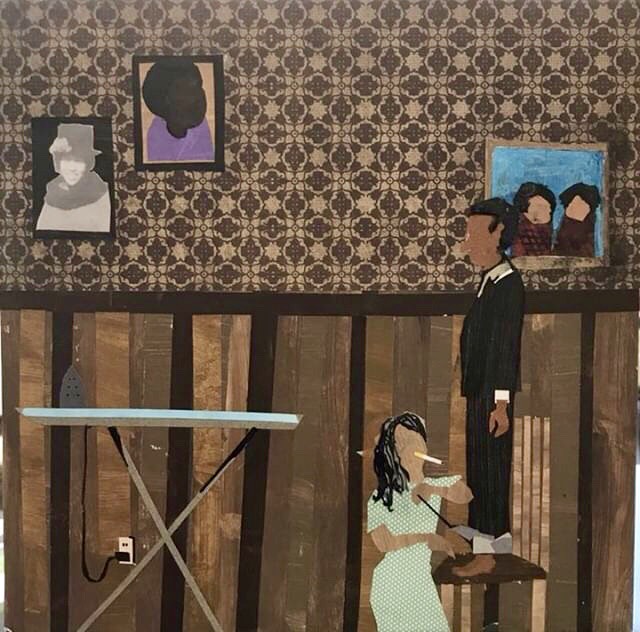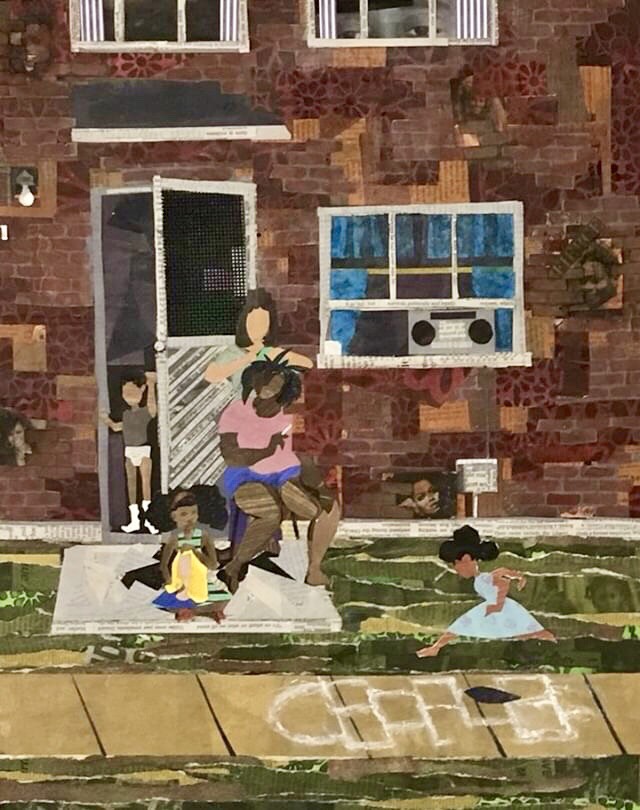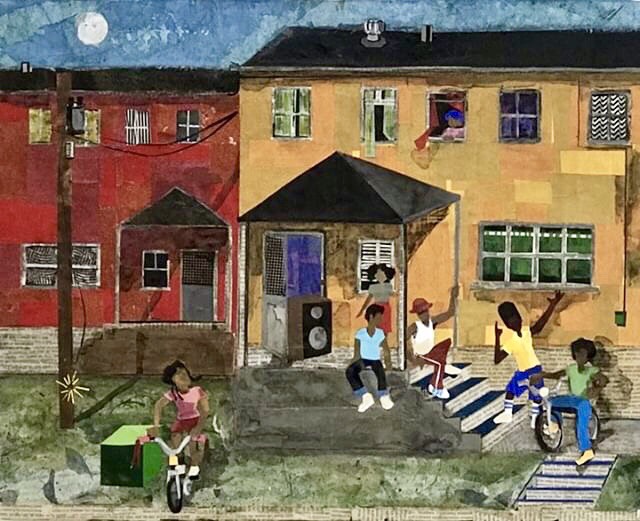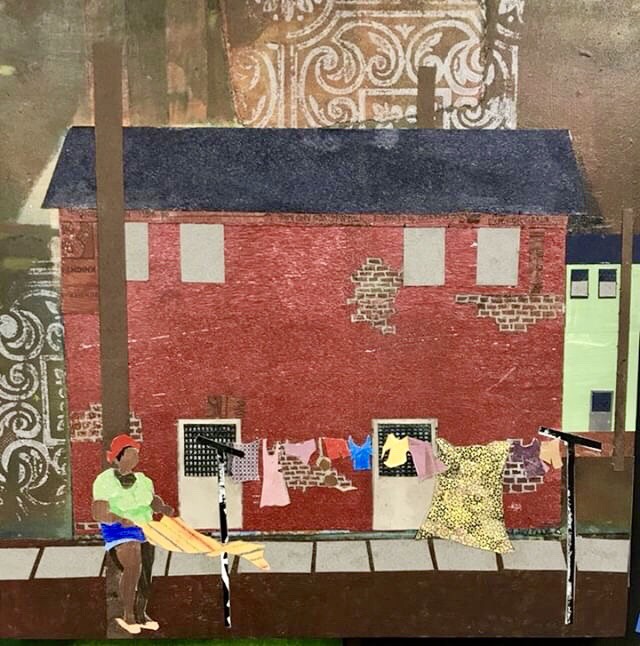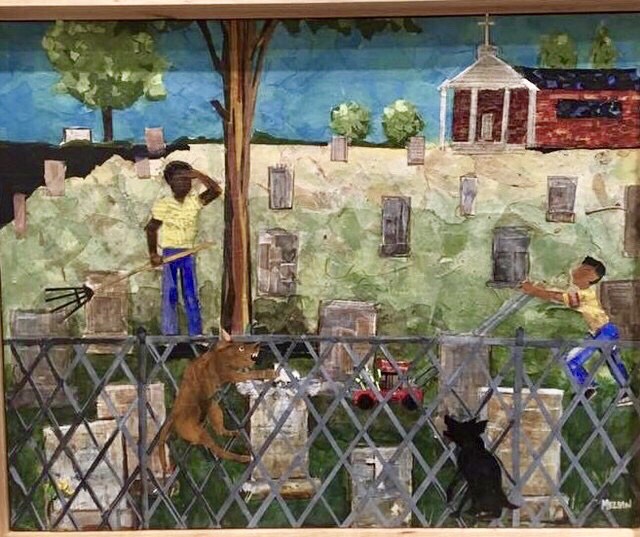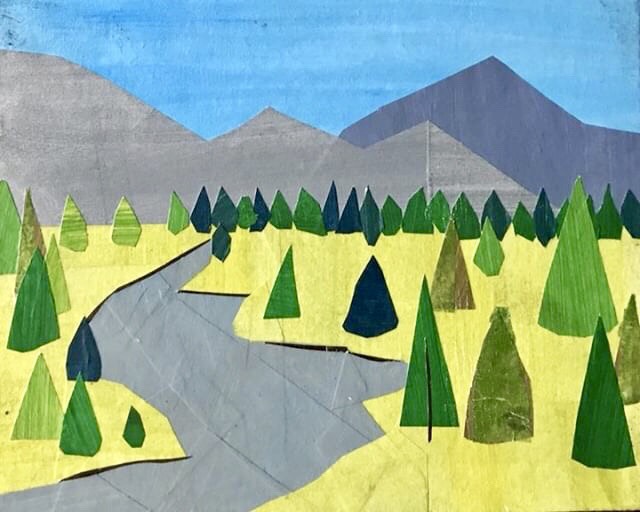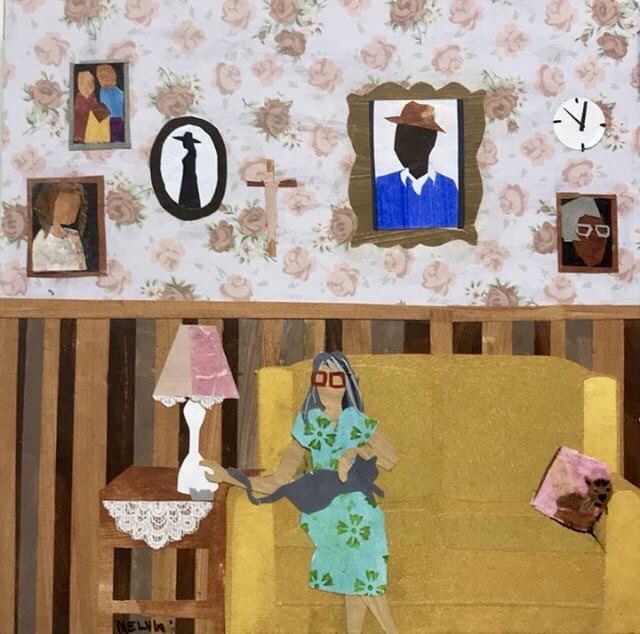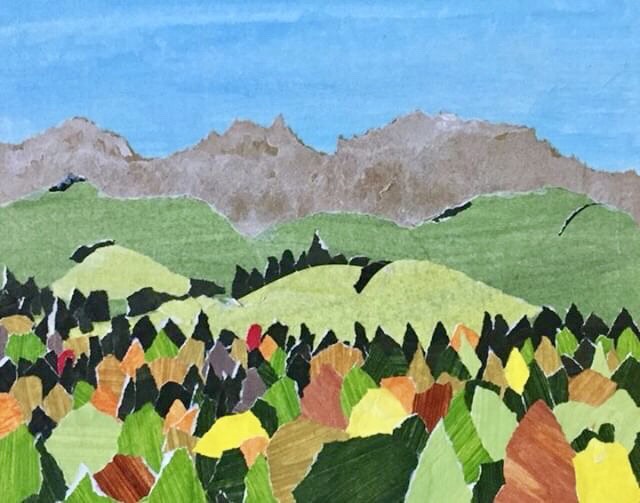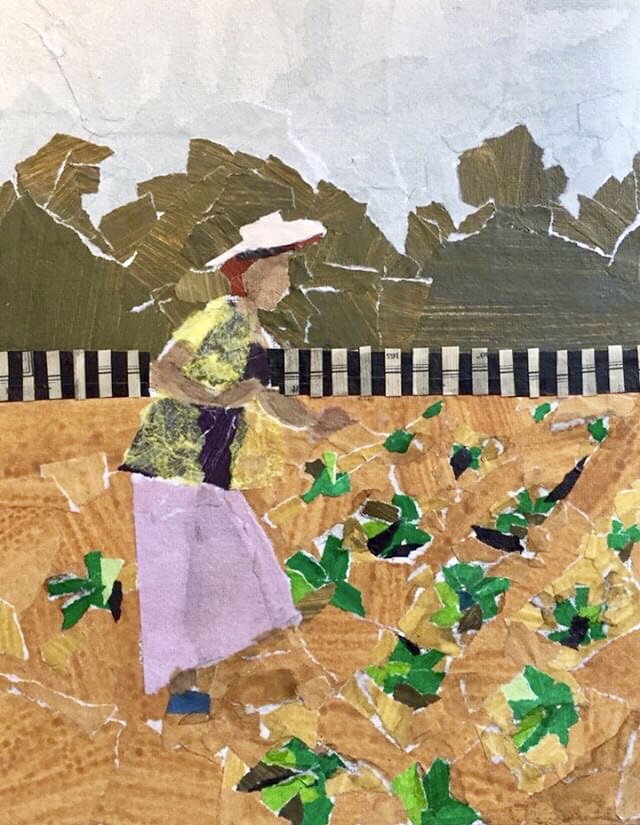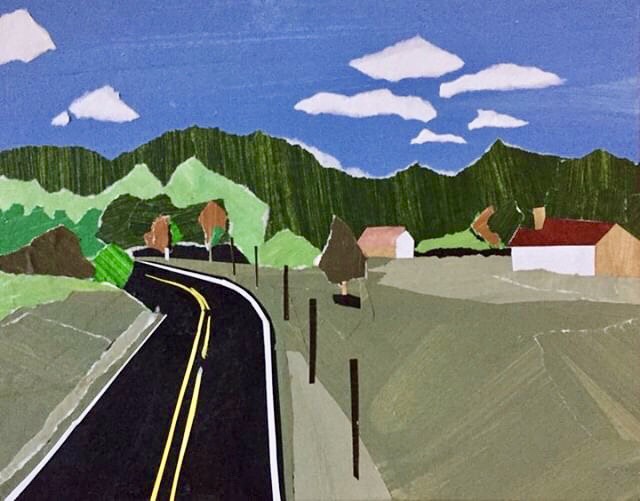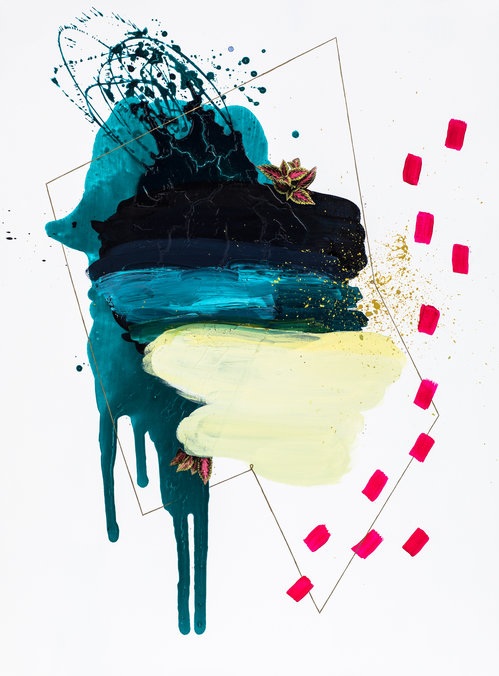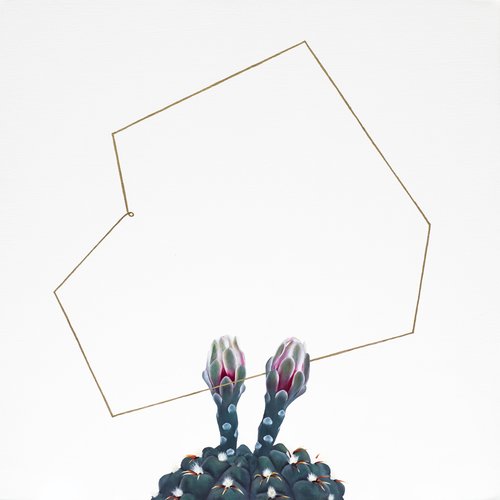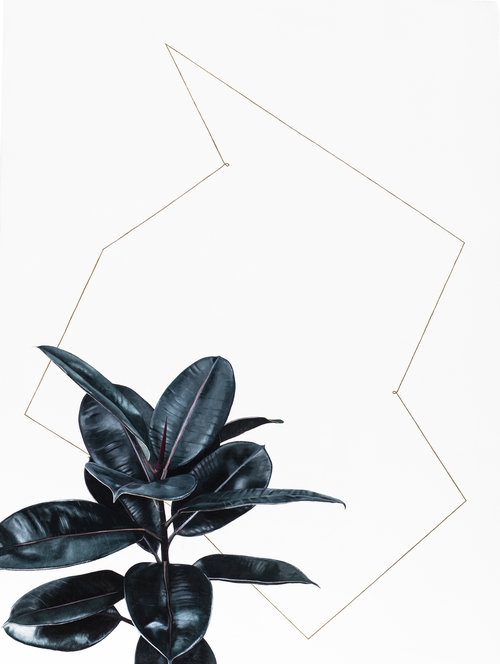Uncovering our subconscious thoughts probably sounds like a slightly intimidating yet fascinating idea. That’s why Uruguayan collagist Laura Botto reflects on this otherworldly concept through her work. This Montevideo-based artist explores real life by adding a dash of surrealism to everyday moments.
Laura’s collage journey began a couple of years ago as she constructed vision boards for specific ideals she sought in life. She then started creating collages by showcasing life in an atypical manner.
She studied photography/plastic and visual arts at the Instituto Escuela Nacional de Bellas Artes of Uruguay. “Even though I studied photography, I noticed the potential collage and photomontage have,” she says.
Collage allows artists to mix different materials and textures to create worlds often resulting in surrealistic images blended together from otherwise mundane objects. This technique as we know it today traces back to around 1910, thanks to Cubist painters Georges Braque and Pablo Picasso who glued patches of other materials to canvas of paintings or drawings.1
Collage making can range drastically based on the artist’s choice of materials. These may include items like photos, paint, mosaics, wood, and more 2D and 3D constructions. Famous collage works include: “Just what is it that makes today's homes so different, so appealing?” by John McHale and Richard Hamilton (1956), “Blue Nude II” by Henri Matisse (1952), and Pablo Picasso’s “Still life with the caned chair” (1912).
For Laura, her creation process begins by jotting down ideas throughout the day, including ones from dreams. She works with images as if they were pieces of a puzzle, mounts what she envisions, then lets the collage sit for at least a day before considering finalizing it.
She explains, “I love collages that have a few elements and some words or phrases. But I also love the surrealist ones where an image intervenes and creates a completely different reality. For a long time, I felt like I had to choose either one of the two styles, but I gave up on this idea. I do what I feel, whenever I feel it. Whichever the artistic medium we develop may be, we always leave our own footprint in the artwork.”
Laura has found a way to tap into her subliminal thoughts of daily moments to create surrealist images. Through inviting imagery, Laura’s vision and voice entice you to step outside your own reality to reconsider perspective when it comes to life moments.
“Collage allows the opening up of conscious, which is very direct…its also a way of looking at what you are consuming all the time” – John Stezaker, British contemporary conceptual collage artist.2
In Laura’s world, imagery ranges from a cute retro girl watering a field of dry land from the sky, a woman staring at you behind a green leafy curtain with the words “Know how to see” underneath, to two lovebirds sitting peacefully on a wire in outer space. They also include collages of people looking at the viewer alongside suggestive phrases to evoke rational yet subconscious thought.
Collectively, these collages show us that even those seemingly basic moments can hold weight in making our lives what they are as a whole. It is through these subconscious metaphors that we can gain perspective of how valuable our interactions can be in the grand scheme of universal things.
“My collage “La mudanza (The move)” has an air of nostalgia and sadness of leaving the familiar for something new, and I made it during a moment that I was going through that [experience]. It’s almost unconscious,” says Laura.
These collages challenge our thoughts by making life a little dreamlike when we have to process it, including difficult moments. They welcome a conversation with our own mind that perhaps we never considered before.
Check out the gallery below and to view Laura’s prints click here.
* Interview translated from Spanish. All photos courtesy of the artist.
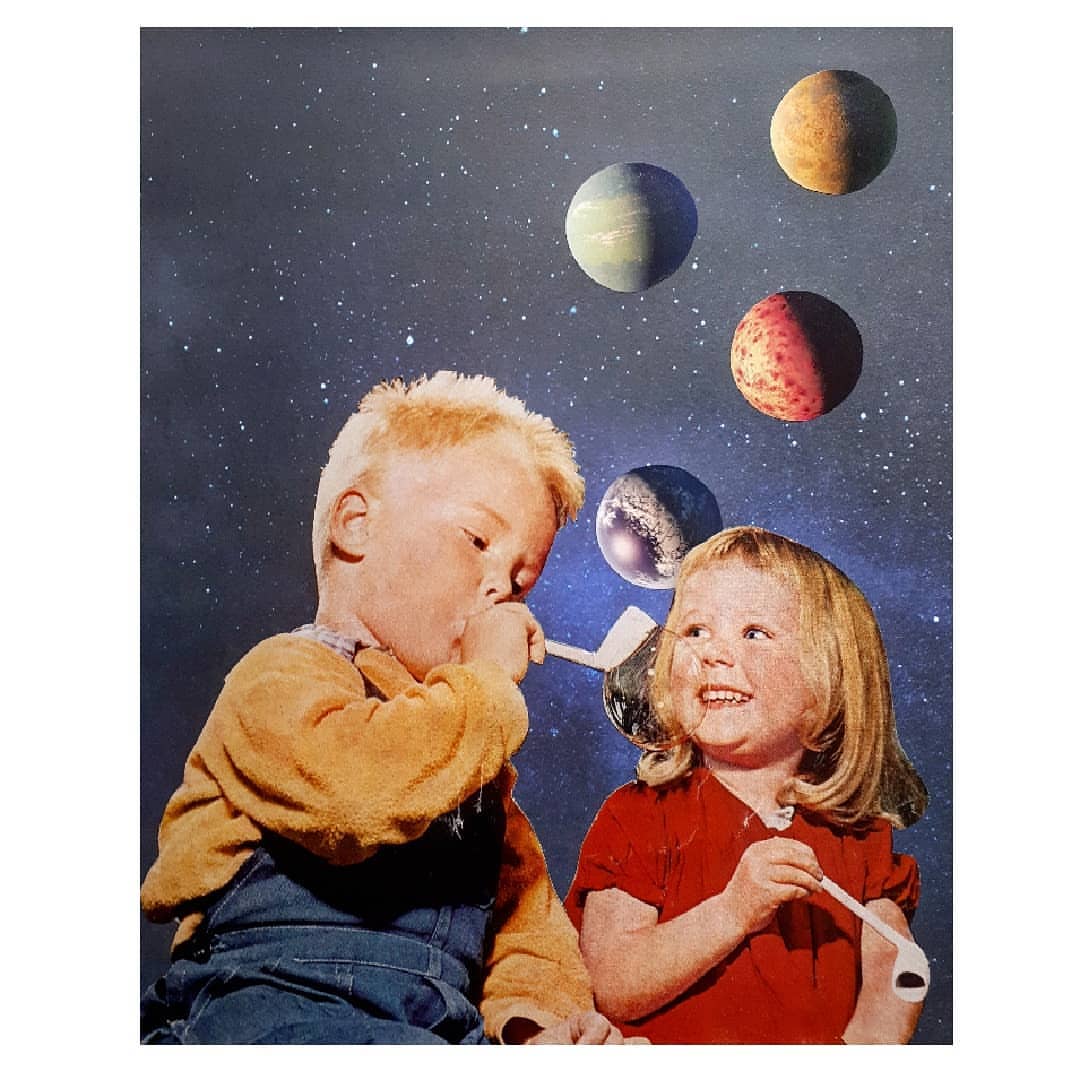
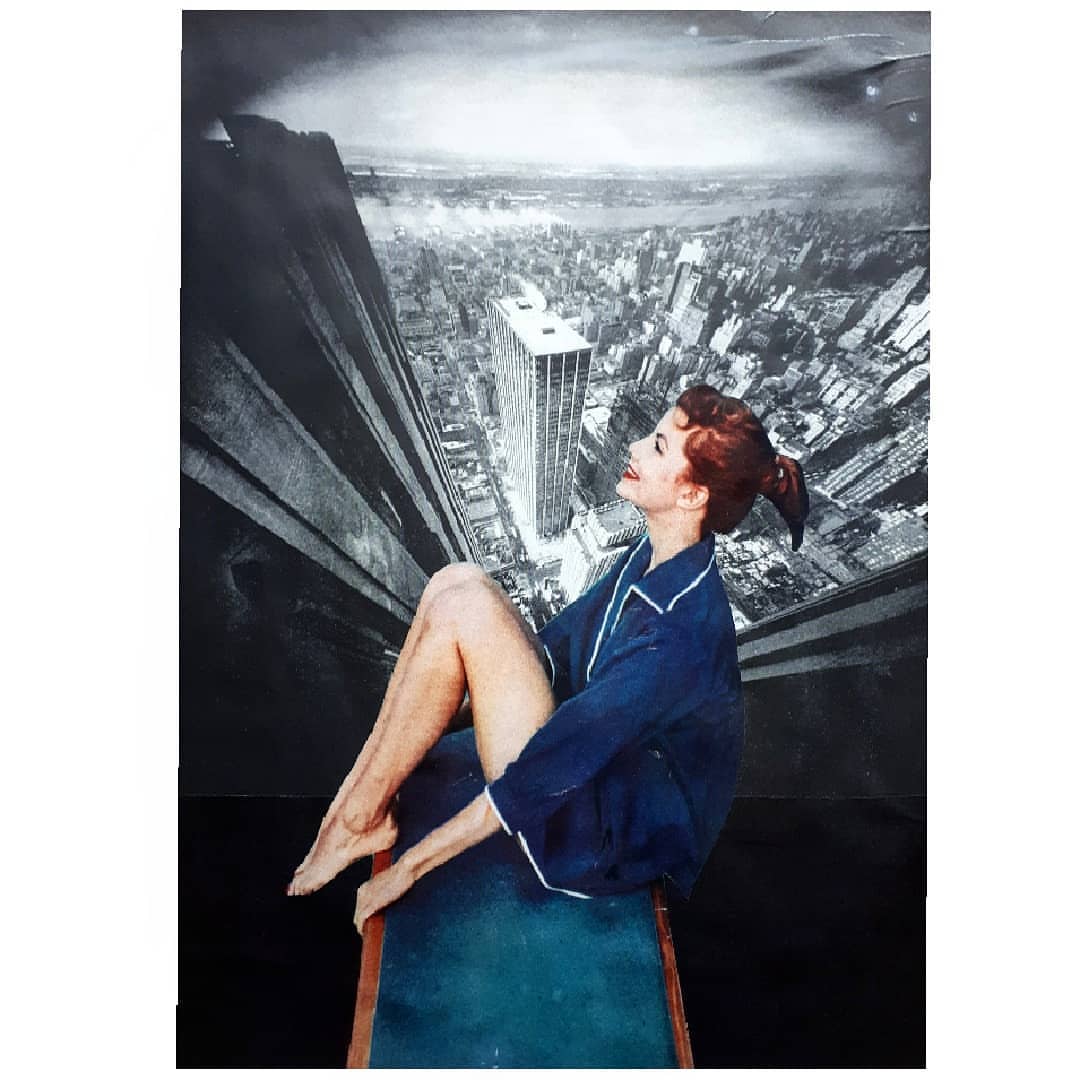
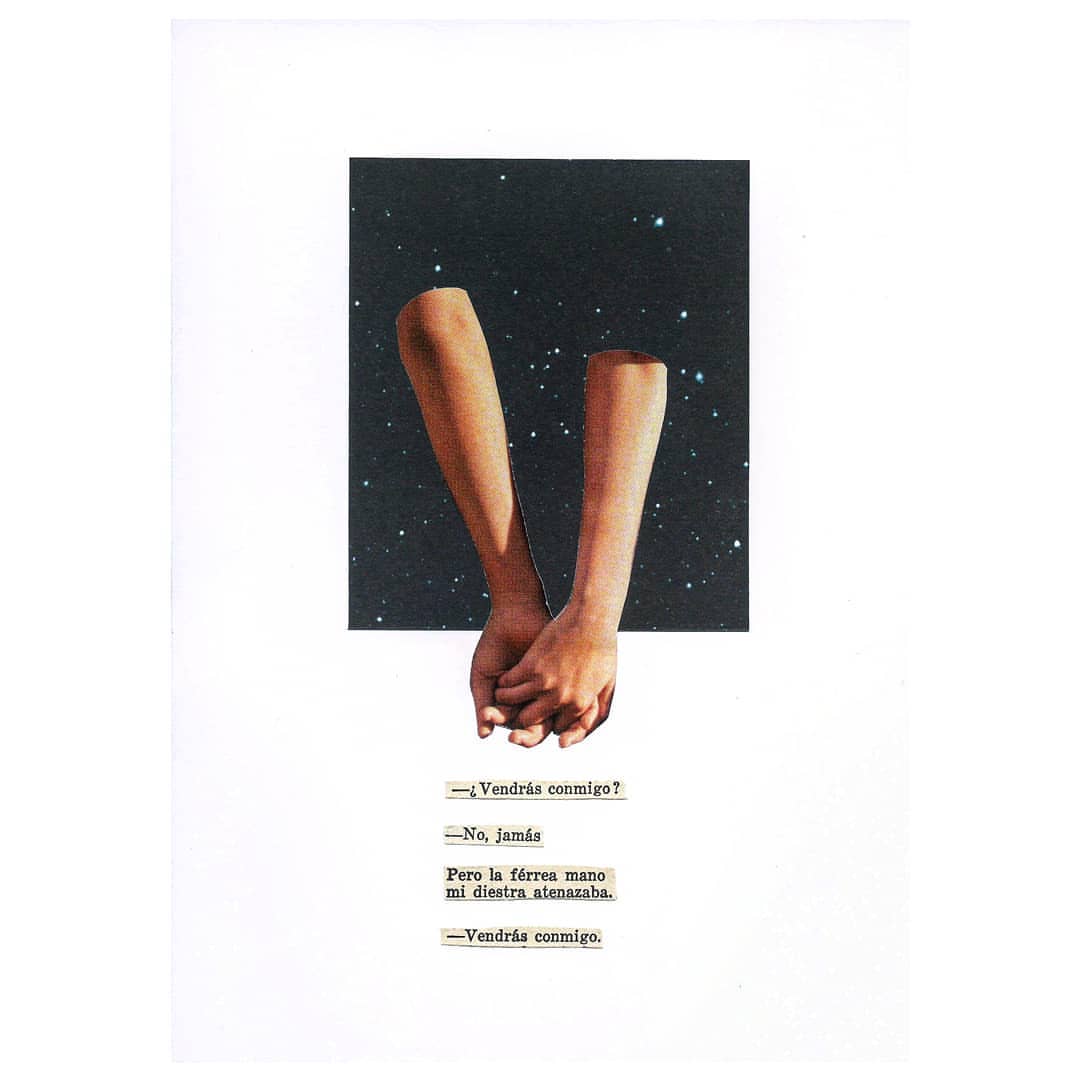
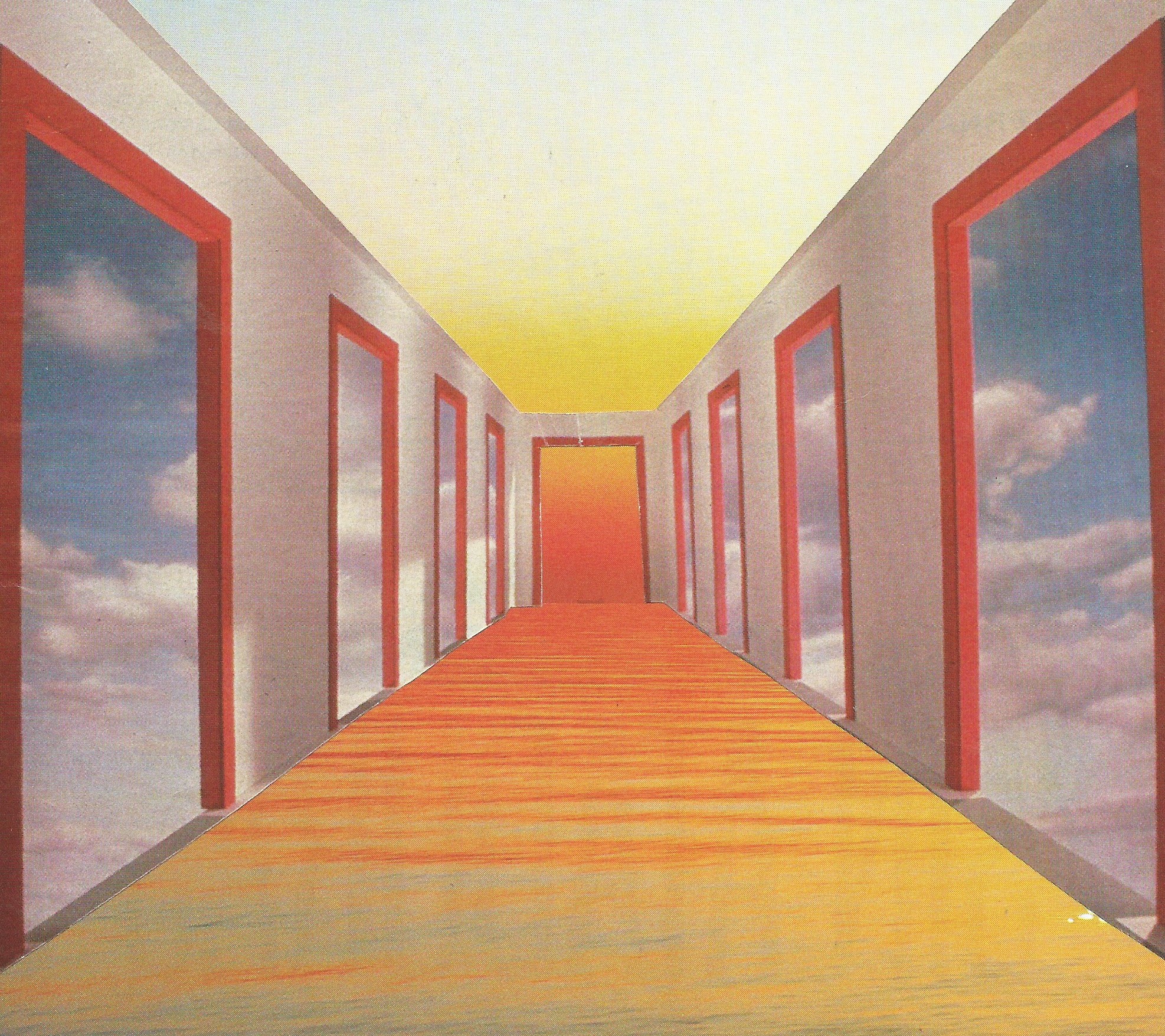
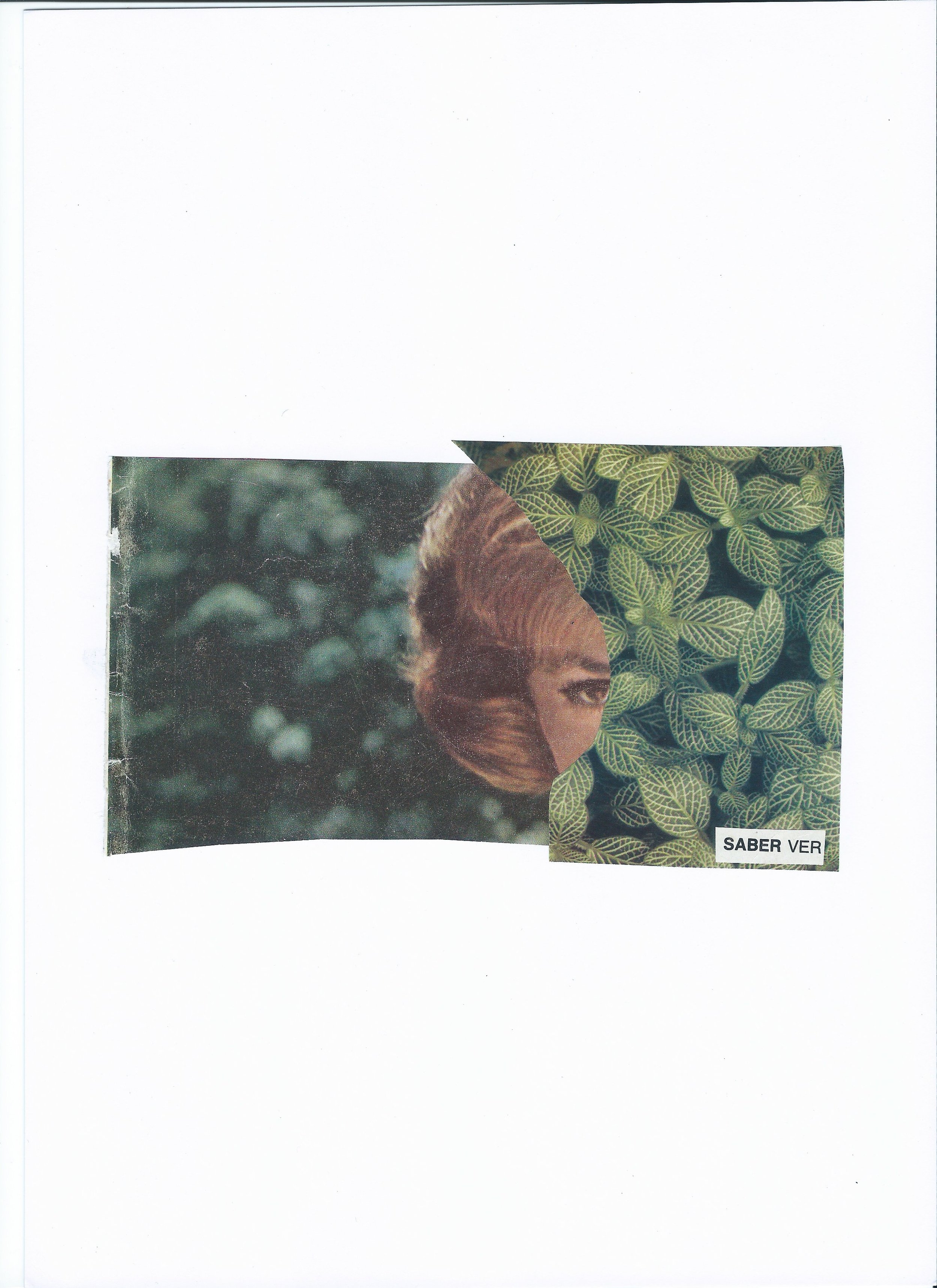
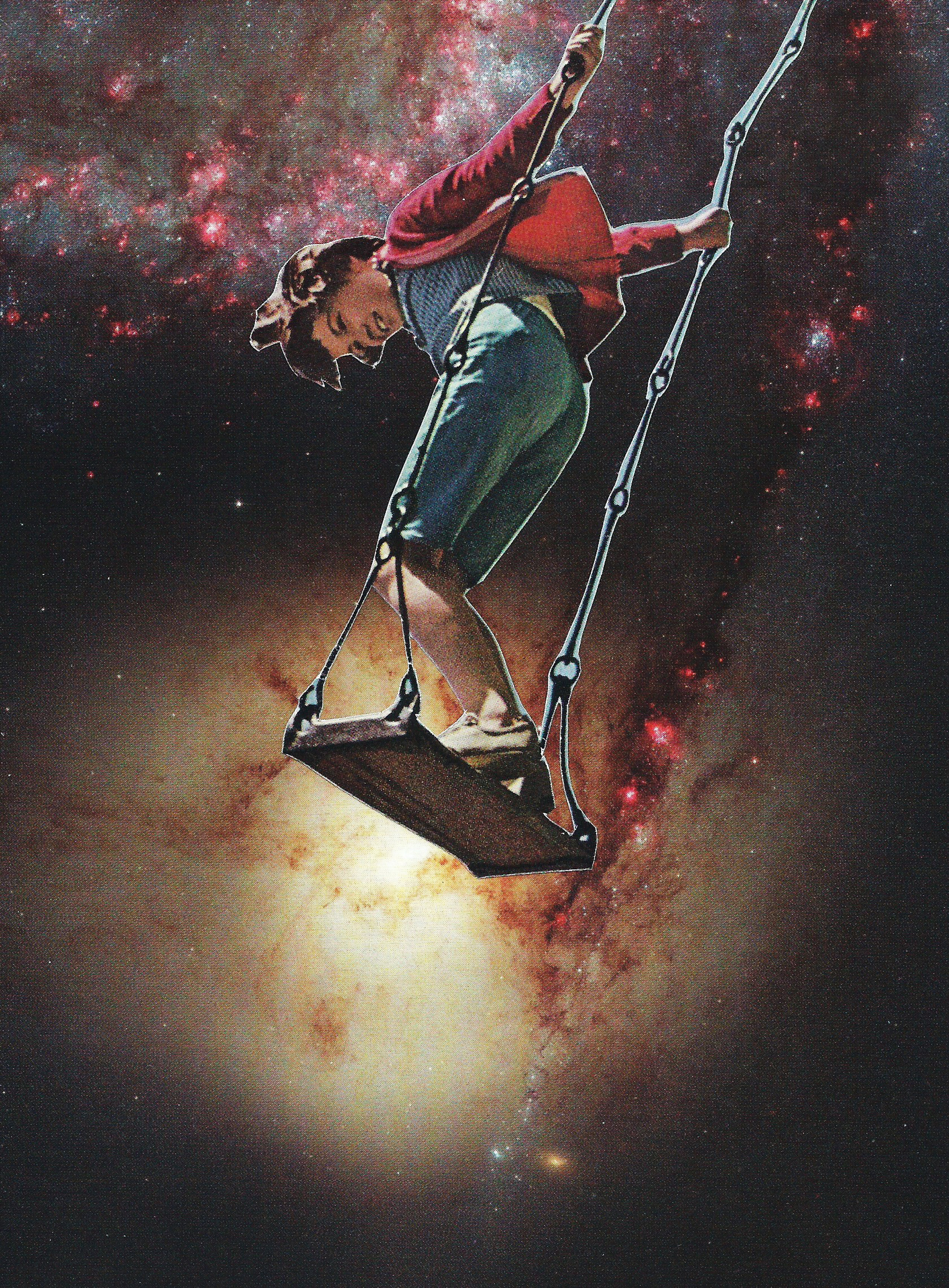
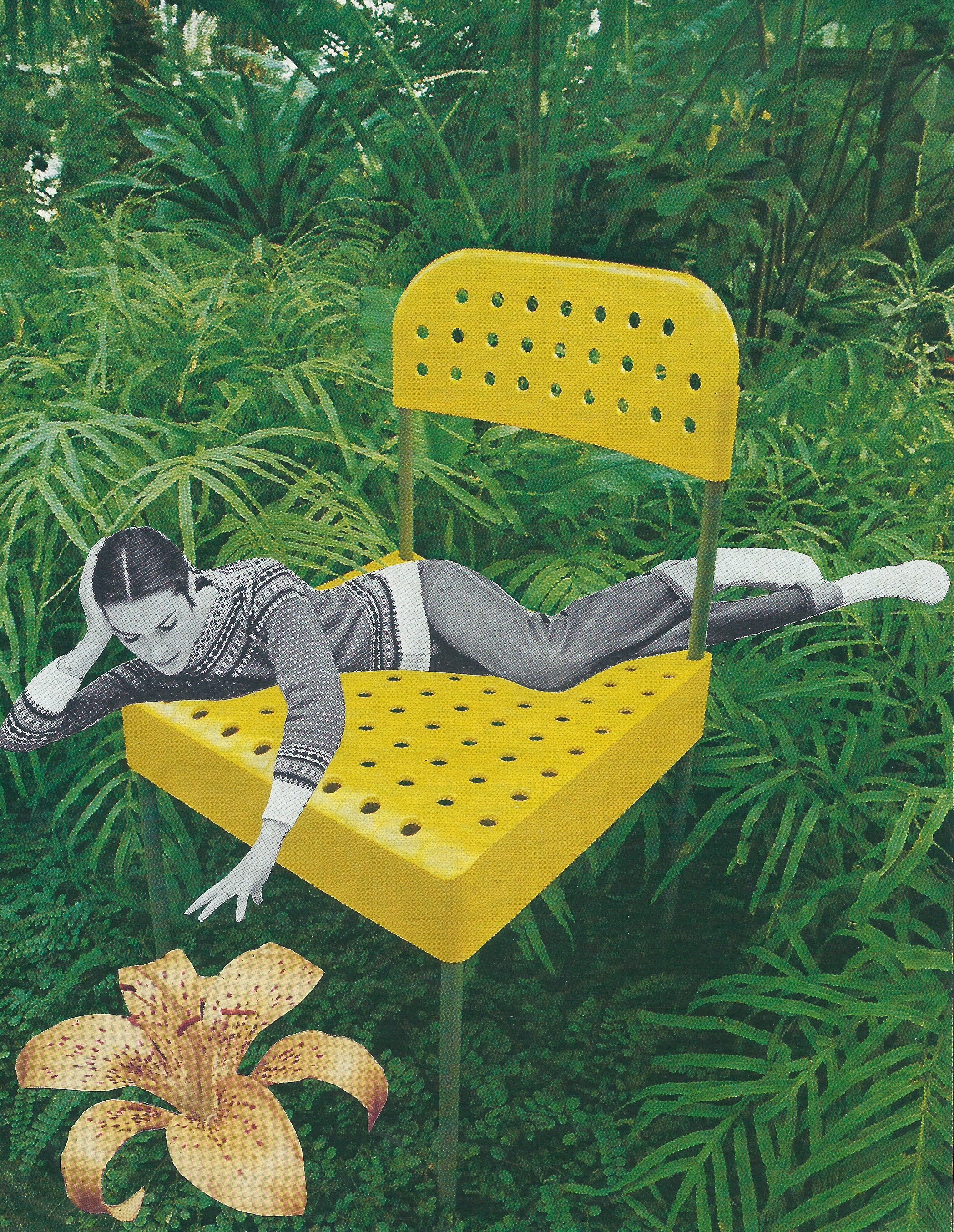
Today’s poetry pairing inspired by Laura’s celestial visions:
This Lunar Beauty
BY W.H. AUDEN
This lunar beauty
Has no history
Is complete and early,
If beauty later
Bear any feature
It had a lover
And is another.
This like a dream
Keeps other time
And daytime is
The loss of this,
For time is inches
And the heart's changes
Where ghost has haunted
Lost and wanted.
But this was never
A ghost's endeavor
Nor finished this,
Was ghost at ease,
And till it pass
Love shall not near
The sweetness here
Nor sorrow take
His endless look.




